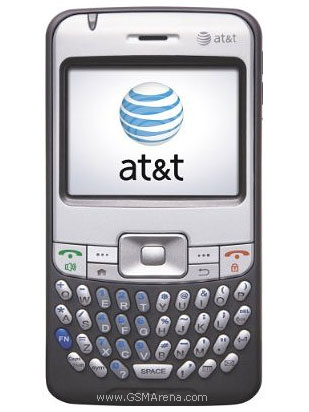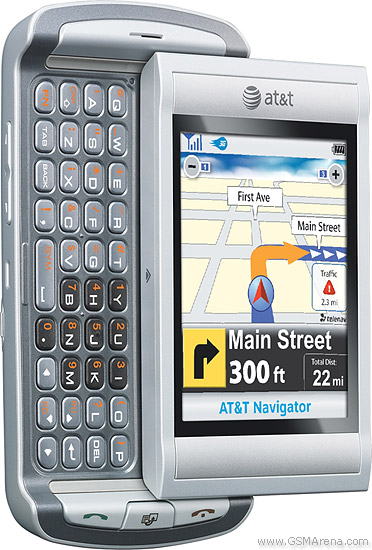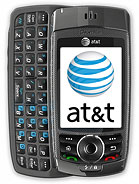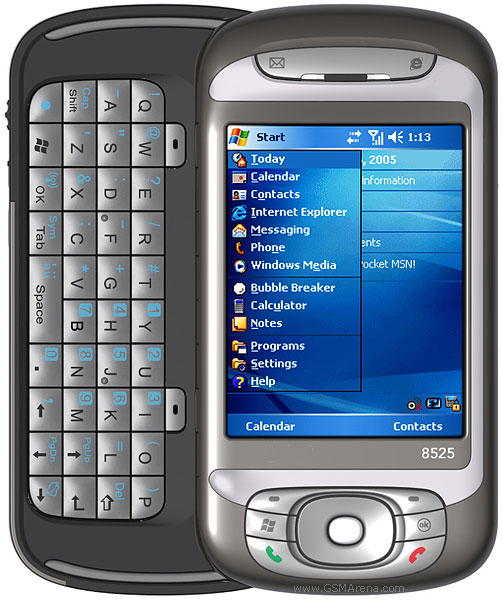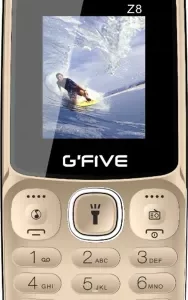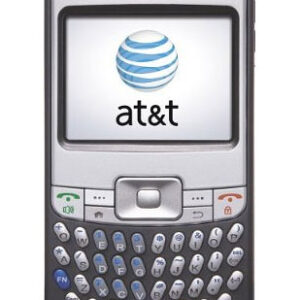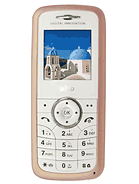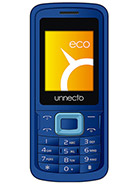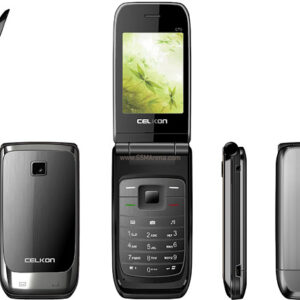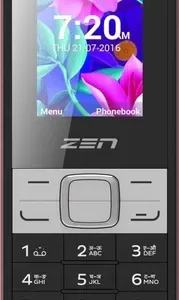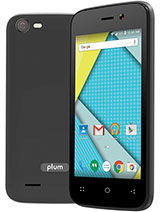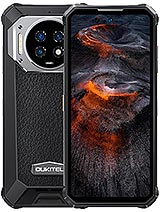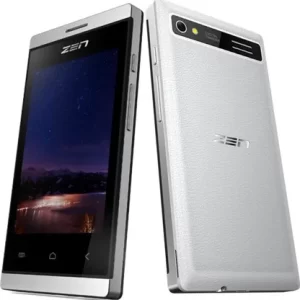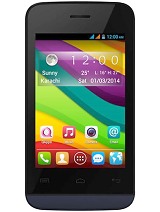AT&T SMT5700 Overall Specifications
The AT&T SMT5700, announced in November 2007, marks an interesting chapter in the evolution of smartphones. It operates on the Windows Mobile platform, offering users a compact and efficient mobile computing experience. With a TFT screen displaying 65K colors, it presents a clear and vibrant interface for its time.
Powered by a TI OMAP V1030 chipset and equipped with a 2 MP primary camera, the SMT5700 was designed for both business and personal use, offering functionalities that were ahead of its time. The device includes a 1320 mAh battery, which supports extended usage periods, catering to the needs of busy professionals and tech enthusiasts alike.
Connectivity features of the SMT5700 are comprehensive, including Bluetooth support for easy file sharing and accessory connection. It was designed with a focus on productivity, incorporating mobile versions of popular Microsoft applications, allowing users to manage emails, documents, and appointments on the go.
AT&T SMT5700 Pros and Cons
Pros:
- Compact and durable design suitable for business professionals.
- Includes a full QWERTY keyboard for efficient typing and messaging.
- Runs on the familiar Windows Mobile platform, offering a range of productivity tools.
- Support for Bluetooth connectivity.
Cons:
- Limited by the technological standards of the time, with a lower-resolution screen and camera compared to modern devices.
- The reliance on a resistive touchscreen, which requires more pressure and is less responsive than contemporary capacitive screens.
- The operating system and hardware may not support current applications and services.
- The battery life may be insufficient for heavy users by today’s standards.
